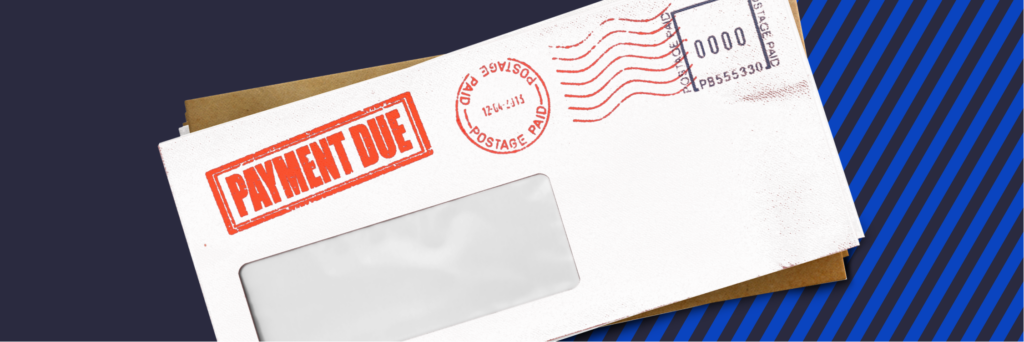Start with a Wishlist
If you’re not sure where to start, here’s what you should do:
Start with a wishlist. What would you really love to see happen in your financial life? Do you have debt to pay off? A big purchase to plan for? Are there obstacles blocking your financial stability? There may be things that you haven’t allowed yourself to think about before because you’ve never thought you’d accomplish them and you don’t even want to get your hopes up.
Don’t let that stop you! Remember that you should set your sights high when you’re making a wish list. It’s important to understand what you really want before you worry about prioritizing and creating a plan. Don’t hinder yourself just because you don’t think something is possible!
Do the Math
Once your wishlist is complete, you can now invite some realism into the picture. The easiest way to do this is to start with your budget. How much money are you bringing in and spending each month? How much is left over? How much will you need to have left over each month in order to reach your goals?
Two things will likely happen here. The first is that you’ll tweak your budget to create more room. Perhaps you can cut spending on things like entertainment or lunches and dinners out and then allocate the money saved towards debt payoff or savings for a purchase. When tweaking your budget, think both about things you can cut out completely and things you can reduce in frequency. Most of us spend more than we would prefer on a daily basis — but we don’t realize it until the evidence is on paper.
The next thing that will happen is you’ll realize that there are some choices to be made. You may not be able to reach all of the goals on your wishlist as soon as you’d like. This is the first step to evaluation. Again, the cold hard numbers suddenly make certain decisions easier. If you can’t afford to reach all of your goals at once, think about what you want the most and what you’re willing to work on at a later date.
Listen to Your Gut
At this point in the evaluation, you might surprise yourself. Perhaps all you could think about on your wish list was moving to a new city. But then you do your budget and realize that you’re paying more than you’d prefer each month on debt payments like credit cards, student loans, or auto loans. Suddenly, you might feel an overwhelming desire to eliminate any or all debt before you do anything else.
The key to listening to your gut is remembering that there are no right or wrong answers. Don’t dilute your instincts with what you feel like you “should” do first. You might be at an age in which your peers are all settling down and buying a home, but all you really want is to take a three-month trek across Europe. That’s okay! Making financial decisions based on what others believe is supposed to happen is the quickest way to disappointment. Don’t worry about what others are saying — focus on your desires and don’t waiver on what your gut tells you to do.
And that’s all you have to do! Start with a wish list, do the math to see what is realistic and when, and then be true to yourself by listening to your gut. That is, quite simply, how to evaluate financial priorities. Of course, your goals may evolve and change as you do — so remember to do this every three months or so. These goal check-ins are the best way to make sure you’re staying on track and that you’re focusing on what’s truly most important to you right now.




